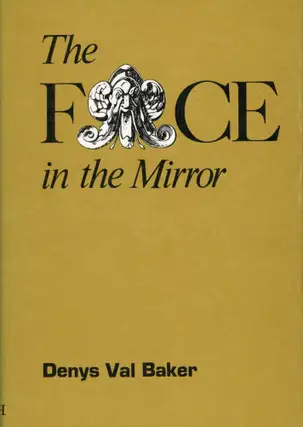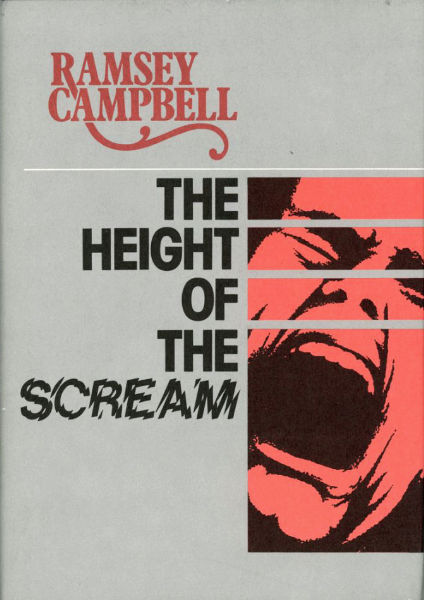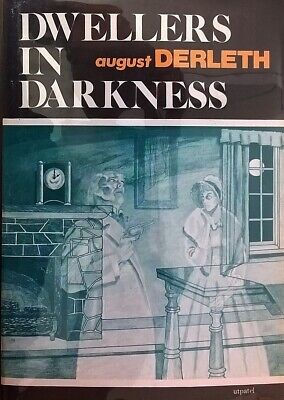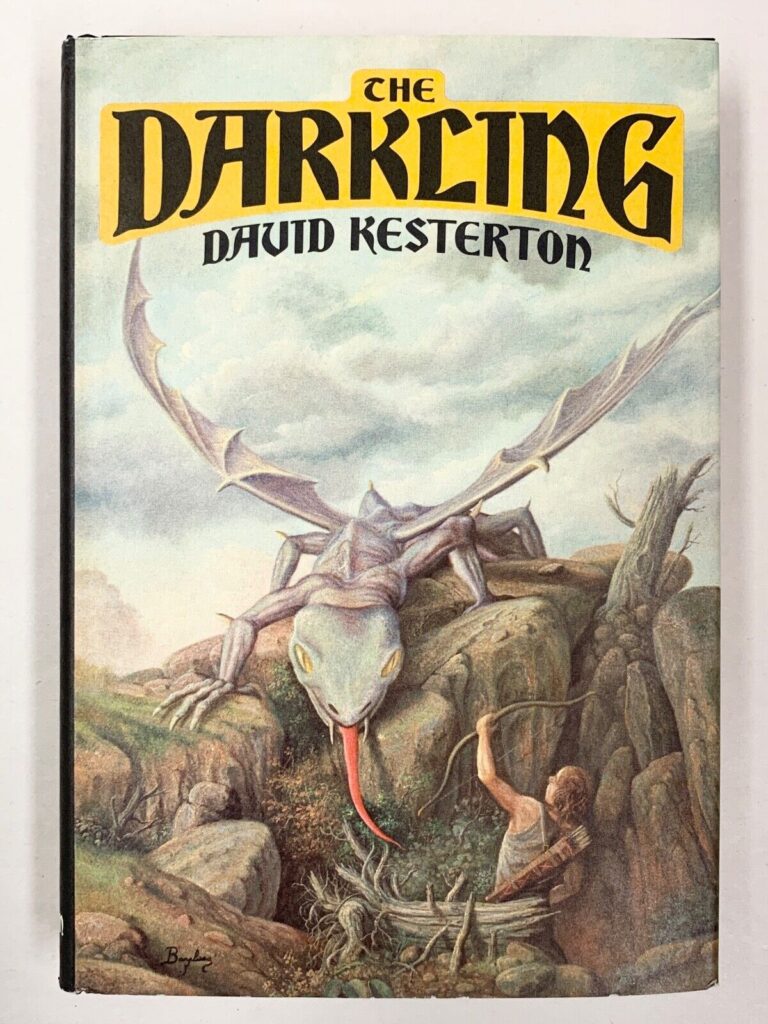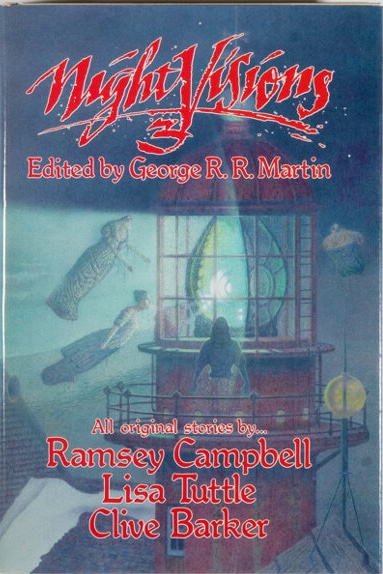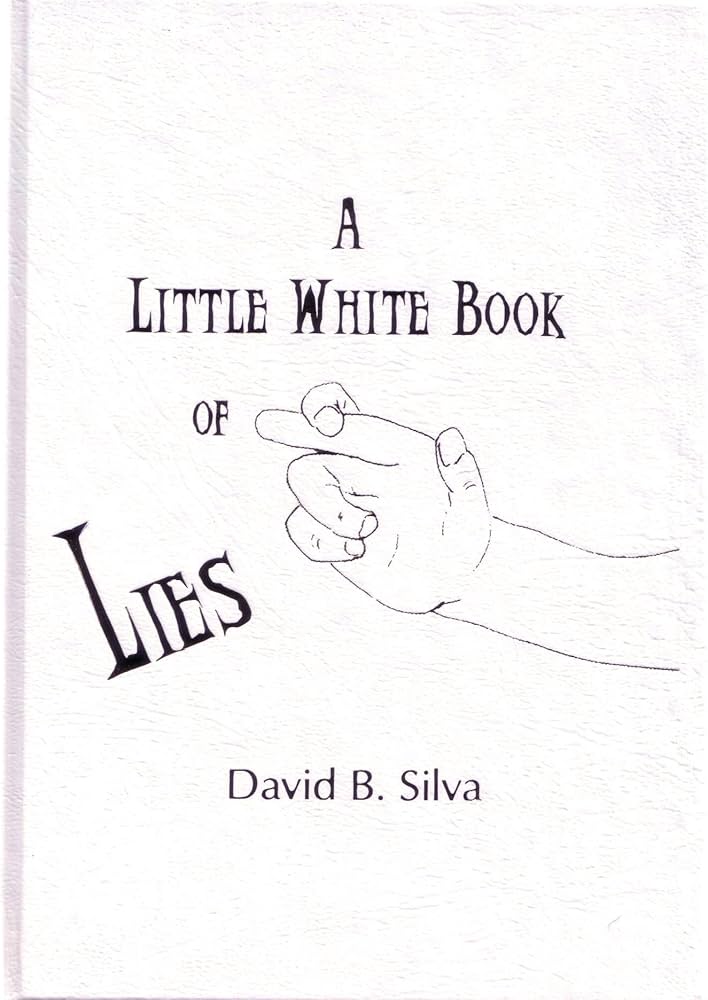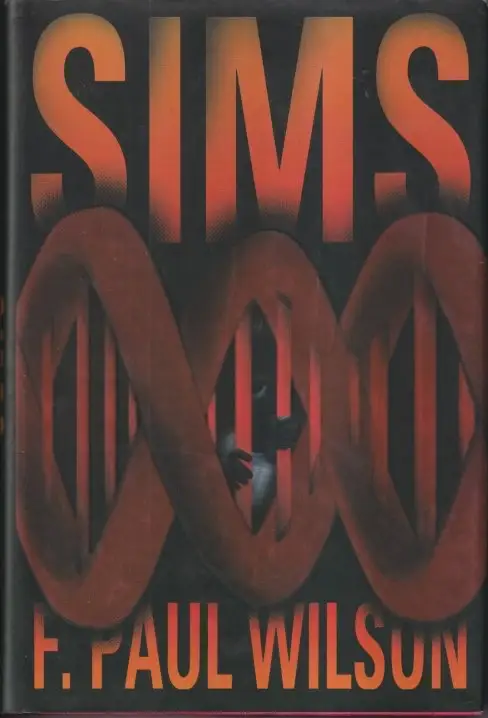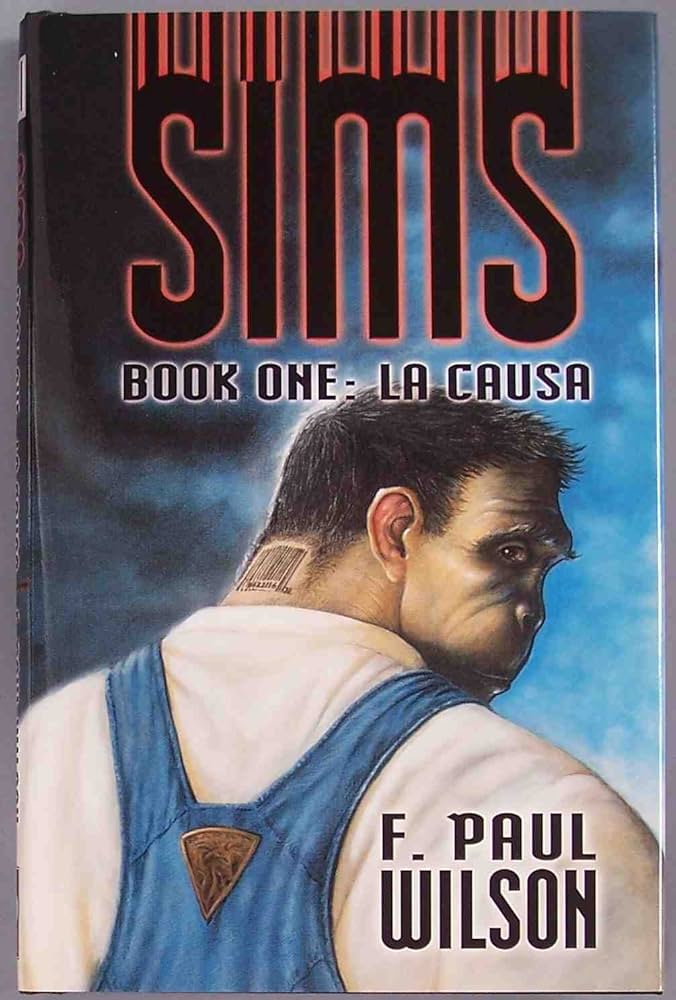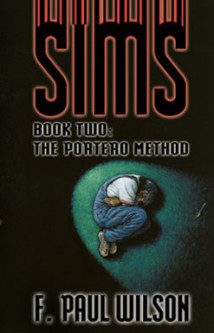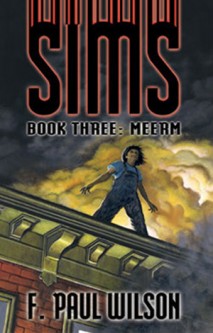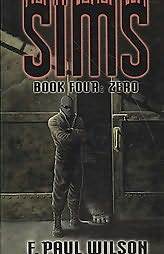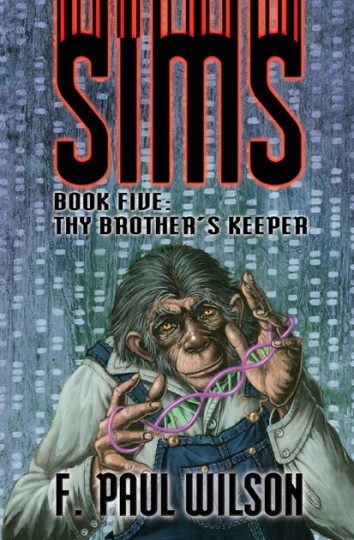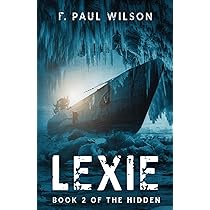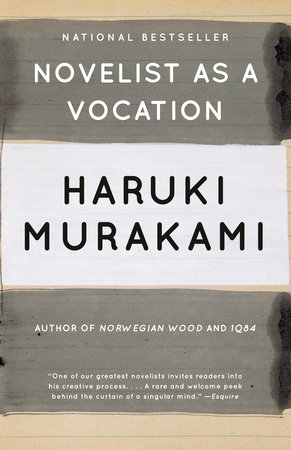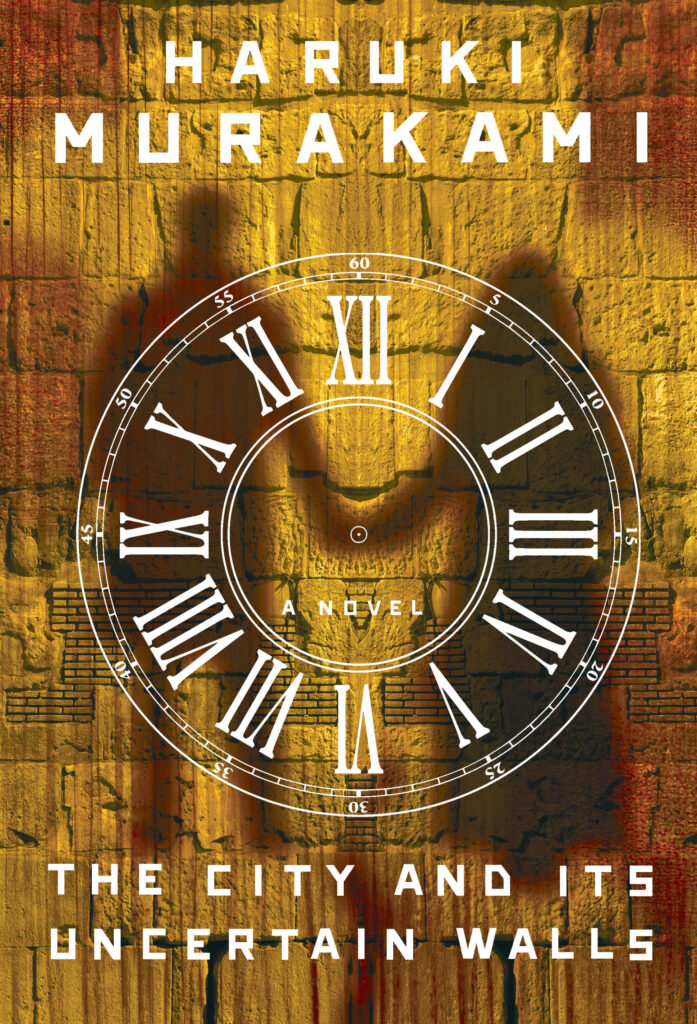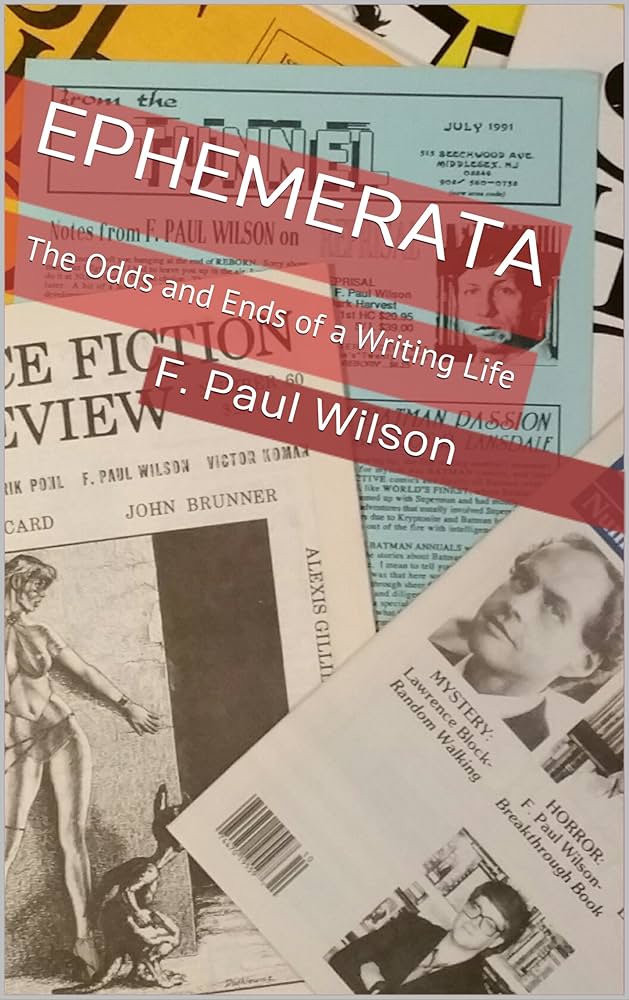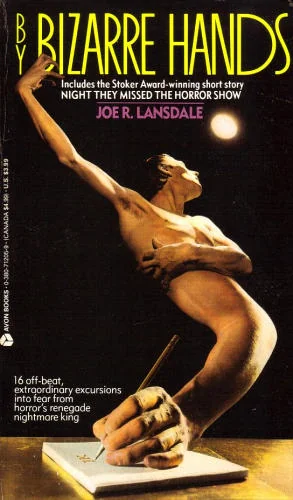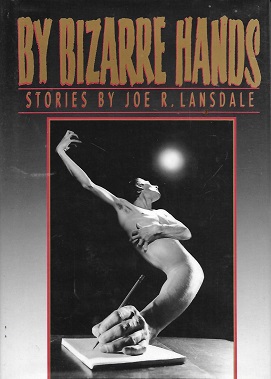One of the many mystery/detective series I’ve gotten into over the past few years has been Peter Lovesey’s Peter Diamond books; I’m not sure why Lovesey gave his leading character the same first name as his own, but it’s a bit confusing at times. At this point, I’m no longer sure which of the Diamond books I read first, as there’s now more than twenty of them. It might be Upon a Dark Night, or The Last Detective. According to my library database, the former is the first one entered, and the latter the second. The latter is also the first in the series. I might have started there, maybe not. I tend to start series out of order, since I buy them when I find them. Anyway, I found the first Lovesey book good enough to start looking for all of Peter Lovesey’s books. He has written other books, after all.
Of the 22 books in the Diamond series (if I’m correct regarding that number), I owned—until recently 19 books in the series. The 22nd book was recently published in hardcover, so I’ll discount that one for now. It also might be the last in the series, but I’ll need to wait for the paperback to be sure. Of the other two, one was the 20th in the series. The other, the seventh book in the series, is a far more consequential book. Since I’d read books 8-19, plus book 21, I knew that a singular and major event happened in Diamond’s (fictional) life at some point. Book seven, Diamond Dust, covers that event. It’s a tough read, for sure, knowing the fate in that book of someone close to Diamond.
Most of the books featuring police detective Peter Diamond take place in (or around) Bath, England. I’ve been to Bath twice in my life. The most recent visit was in 2024, where I spent three days in the city, walking the streets (and running through a fair number of them), seeing the sights, and falling in love with the town. My previous visit was in 2000, where I spent just one day there, and saw only a minuscule part of the city. Still, it was an important visit back in 2000, since I connected Bath at that time with Jane Austen. As an English major in college and a Jane Austen fan, that visit meat a great deal to me at the time.
Bath, despite being a touristy town (myself admittedly being one of those tourists), is a wonderful place. The city is ancient. It’s historic. It’s bisected by a river, which always is a thrill in itself. There are hills all around the city. Stonehenge is nearby, London and other places a mere train ride away. There’s the Abbey, the Roman baths, the Crescent, Pulteney Bridge, the weir, so many other features. It has a wonderful Waterstones bookstore, plus far more things that I never got to see. And, lots and lots of tourists. In other words: I love Bath (well, apart from the tourists, even though I was one of them…).
That aside, back to Lovesey’s Peter Diamond series….
All the books I have of Lovesey’s were published by Soho Crime. Once I started to buy and read the trade paperback editions, I had to continue with that format (Okay, so I do have a hardcover or two). I also read them out of order, more or less as I found them. Some, I bought new. Other books, because they weren’t in my local bookstores, I bought used—when and if I came across them in local used bookstores. A handful of the books I found in a specialty bookstore, Murder by the Book, in Houston, Texas. Even there, they didn’t have all the books as new ones.
In January, 20025 I came across Diamond Dust, one that I’d been hunting for quite some time (viz. book seven). This book was in the small used books section in Murder by the Book. I don’t visit Houston often, but I was able to swing to Murder by the Book for slightly less than an hour in January 2025. While there, I was thrilled to find a copy of Diamond Dust in great condition for a used book. Strangely enough, the other two books in the series that I lacked also were there, but I didn’t realize it at the time for one of them, and I skipped the other as it was a hardcover edition, and I have all the rest in trade paperback.
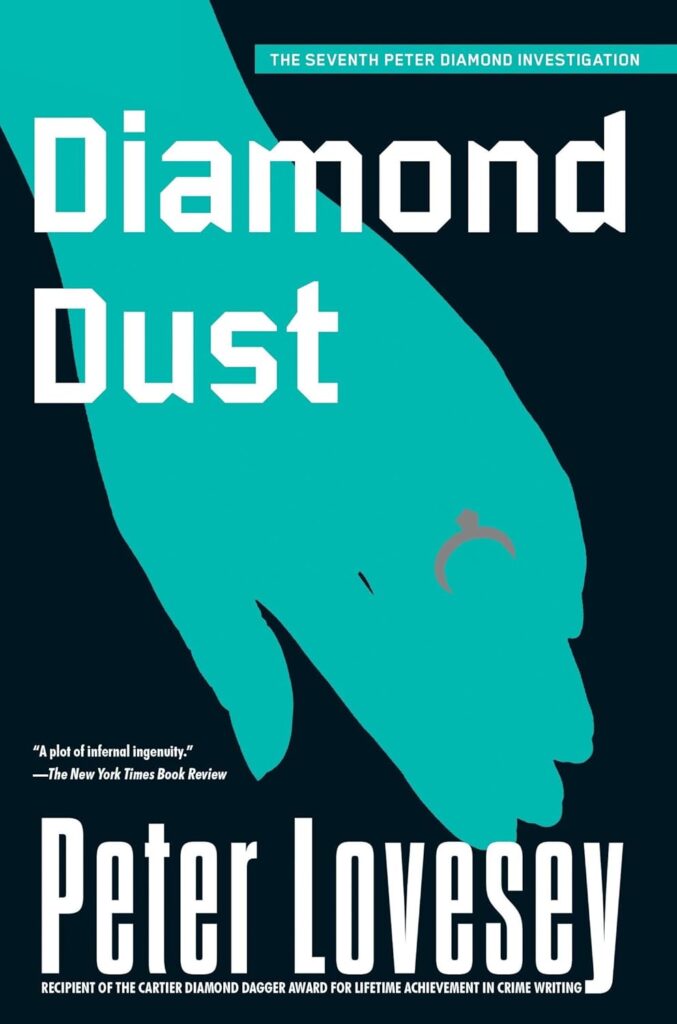
Part of the delight in the series is the setting: the city of Bath in England. Part of it is the main character himself: the overweight, clumsy, yet efficient and old-fashioned detective, Peter Diamond. He’s such a funny person, bumbling yet not stupid, that one can’t help but like him. In the series you also see the changing landscape of local policing. When I visited Bath in 2024, I walked past the supposed HQ of the Bath police department (or former HQ(, in Manvers Street; it’s near the train station, and close to the “center” of town—the area around the Abbey. I really wanted to go inside and ask if anyone had read Lovesey’s books, and if so, what they had thought of them. However, I’m sure I would have been disappointed. I don’t think I ever saw an officer of the law while in Bath. Would it have mattered? Probably not. Bath in real life is nothing like the fictional world. However much one might wish that someone like Peter Diamond existed—they don’t. Which is sad, I think.
Still, if you like good old fashioned English crime stories, seek out Peter Lovesey’s books. You won’t be disappointed. Meanwhile, I’m going to read Diamond Dust slowly, since I known there are powerful emotions at work in that book. I will try not to skip to the end. It’s hard, sometimes, dealing with the stress in a book like this. But, I must resist that temptation, since Diamond means so much to me. Let it all work out, I tell myself.
And then, once I’ve read this book: onward to those other two remaining books in the series.
